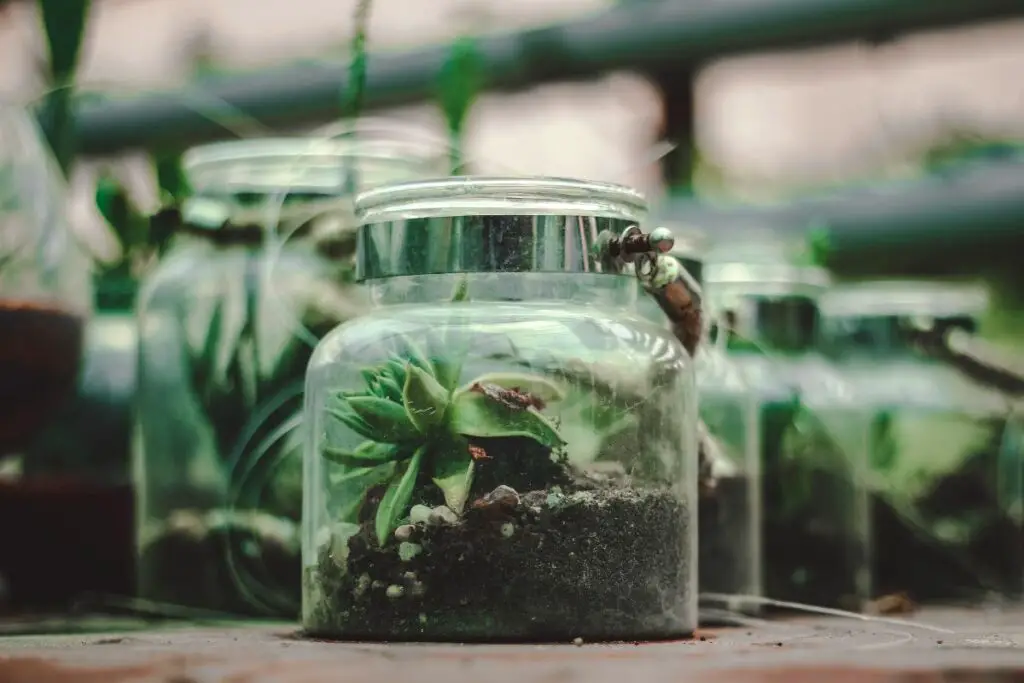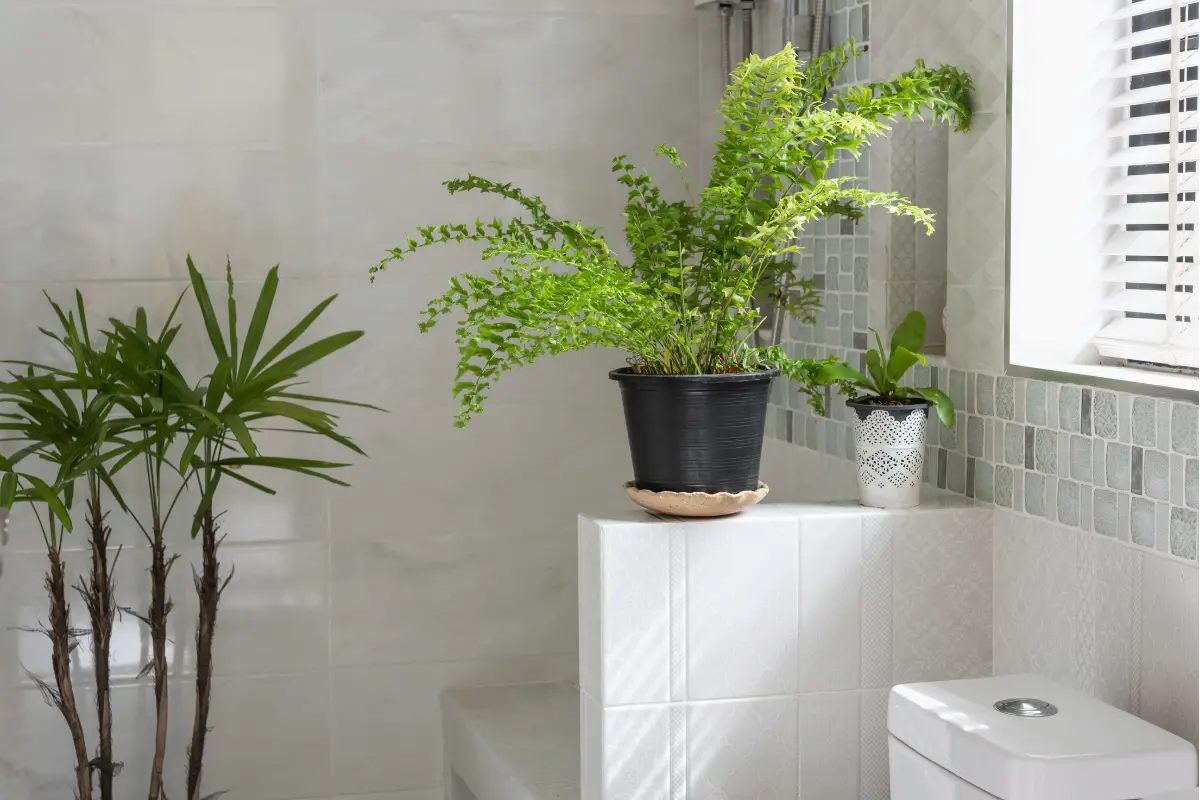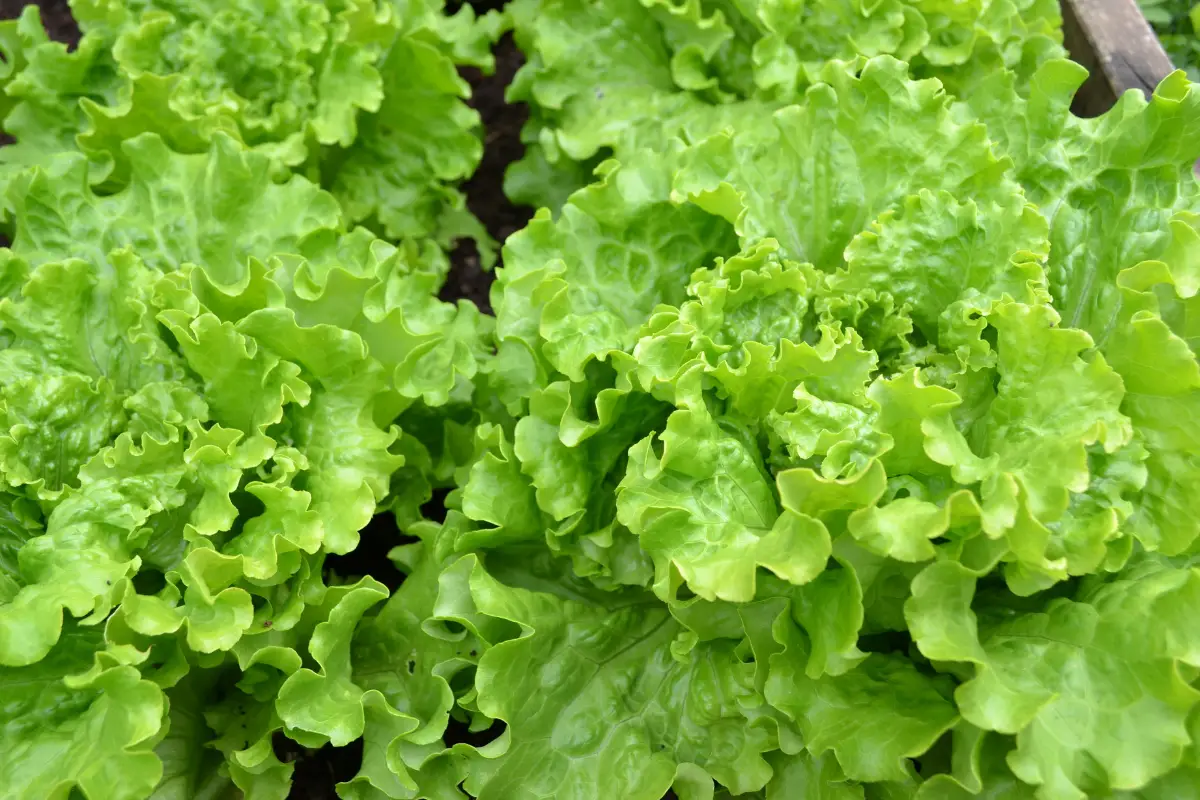Terrariums are a unique and fascinating way of growing and displaying plants. They are a self-sustaining ecosystem that can last for years with the proper care and maintenance.
In this article, we’ll take a closer look at the lifespan of terrariums and what you can do to keep them thriving for as long as possible.

Table of Contents
What Affects the Lifespan of a Terrarium?
The lifespan of a terrarium can be affected by a number of factors. Some of the most important include the type of plants being grown, the size of the terrarium, the amount of light and humidity it receives, and the type of materials used to create it.
The lifespan of Plants In Terrarium
The type of plants you choose for your terrarium will have a significant impact on its lifespan. Some plants, such as mosses and ferns, are well-suited to life in a terrarium, while others, such as succulents and cacti, are not.
It’s important to choose plants that are well-suited to the environment you are creating, as this will help ensure that your terrarium lasts as long as possible.
Size of the Terrarium
The size of the terrarium will also play a role in its lifespan. Smaller terrariums can be easier to maintain, as they require less light and water, while larger terrariums can be more challenging to keep in balance.
If you’re new to terrariums, it’s best to start with a small one, and then work your way up as you gain experience and confidence.
Light and Humidity
Light and humidity are two of the most important factors that will affect the lifespan of your terrarium. Too much light can cause the plants to wilt and die, while too little light can prevent them from thriving.
Similarly, too much humidity can lead to mold and mildew, while too little humidity can cause the plants to dry out. It’s important to find a balance that works for your particular terrarium and to monitor and adjust the light and humidity levels as needed.
Materials Used
The materials used to create a terrarium can also have an impact on its lifespan. Glass is the most common material used, as it provides a clear and unobstructed view of the plants inside.
However, plastic containers can also be used, although they are not as durable as glass and can be more susceptible to cracking and fading over time.
How to Prolong the Life of a Terrarium
There are several steps you can take to prolong the life of your terrarium. Some of the most important include:
- Choosing the right plants
- Maintaining proper light and humidity levels
- Cleaning the terrarium regularly
- Providing adequate ventilation
- Replacing the soil as needed
- Watering the plants regularly
By following these simple steps, you can help ensure that your terrarium lasts for years to come.
Conclusion
Terrariums are a fascinating and unique way to grow and display plants. With the proper care and maintenance, they can last for years, providing a beautiful and self-sustaining ecosystem for your plants to thrive.
Whether you’re an experienced gardener or a beginner, a terrarium can be a rewarding and enjoyable hobby that can bring the beauty of nature into your home.
So if you’re looking for a unique and low-maintenance way to grow plants, consider setting up a terrarium today!
- How to Build a Planter Box for Bamboo: A Step-by-Step Guide

- Can Robotic Lawnmowers Handle Steep Slopes?

- Do You Need a Specific Lawn for a Robotic Lawnmower? Expert Advice

- Are Robotic Lawnmowers Safe for Pets and Children? Safety Features of Robotic Lawnmowers

- Why Use Robotic Lawnmowers? Advantages of Using a Robotic Lawnmower

- Is the GARDENA SILENO City 300 Cordless or Corded? A Clear Answer














